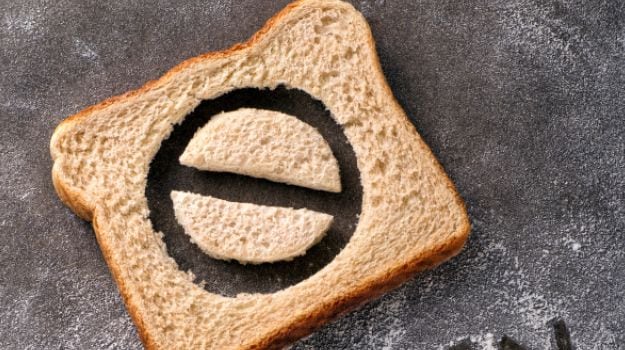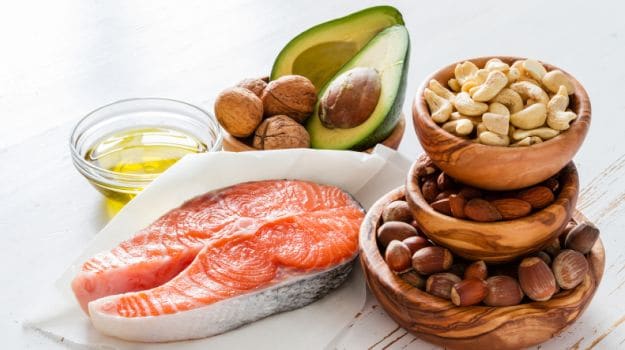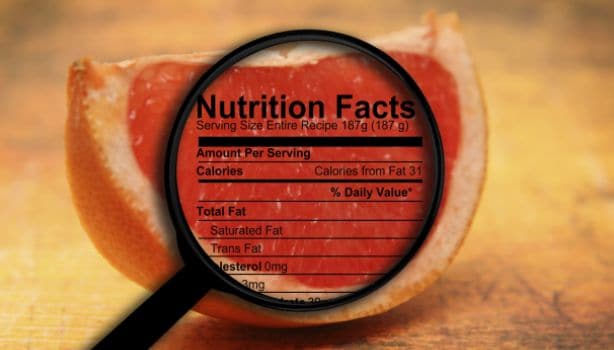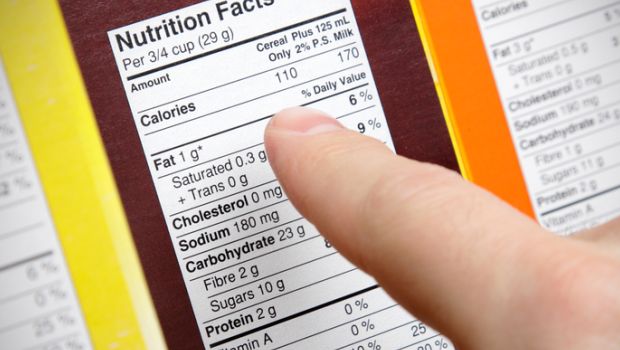It was on this day back in the 1700s that the tradition of playing jokes and getting away with them was popularized in Britain. However, historians speculate the origins of the custom in 16th century France, when France turned to Gregorian calendar from the former Julian calendar that celebrated the beginning of the year on April 1st. According to the newly adopted calendar the New Year was now to be celebrated on the 1st of January, people who weren’t aware of the new development continued to celebrate the new year on 1st April and became the national butt of jokes. People hung a paper fish or the poisson d’avril (April fish) on their backs and made fun of their gullibility and failing to keep track of such a historical change. Ancient festivals in Rome like Hilaria held in around March end during which people dressed up in funny disguises and fooled others is also seen as a possible origin of the popular trend.Whatever be the history behind the custom, a day dedicated to harmless fun and pranks is not a bad idea. But when the foolery spills over the other days, it becomes a problem. What if we were to say your ideas about nutrition and health are only partial, and this half knowledge is actually putting you at a greater risk? Or if we were to tell you that food manufacturers have been taking you for a ride with their sly marketing strategies as you have been stocking your kitchen shelves with products that may not be as healthy as you think? Here are five ways you have been fooled into buying health foods or made to believe that certain foods are actually healthy.1.The Hyphen Hoax
Have you ever purchased a product just because the label read “-free”? Then you could have been a victim of what we’d like to call a hyphen hoax. For instance, quite a few people have been guilty of buying ‘gluten-free’, thinking it is healthy, but experts say only those who have been diagnosed with Celiac disease or a gluten sensitivity need to exclude gluten from their diet. Also gluten-free products don’t help promoting weight loss contrary to popular perception.Another hyphenated label you could be falling for is ‘fat-free’. Almost every brand in the market has gone on an overdrive of claiming that their product is ‘fat-free’, while they could be free from added saturated and trans fat, but they may contain as many calories as their full fat versions. They could also be loaded with sugar. To be sure, check the calorie content on the label and compare it with the full fat version.
(Also read:Sugar Free and Low Calorie Foods Are Sneakily Making You Unhealthy)Also, cholesterol-free doesn’t literally mean no- cholesterol. For earning a label of cholesterol free, the product must contain less than 2 mg per serving as compared to the 20 mg of ‘low cholesterol’ per serving. Cholesterol is made by the liver, hence only animal products like meat, dairy, eggs, and butter can contain it. A plant based product like corn-oil’s ‘cholesterol-free’ status has no edge to the other vegetable oils in the markets, which also have minimum or no cholesterol content.(Also read:6 Most Effective Home Remedies for Cholesterol)2.The Fat Phobia Certain types of fat are beneficial and necessary for your health. Instead of cutting out fat completely from your diet, consume foods rich in unsaturated fats. Bangalore-based nutritionist Dr. Anju Sood says, “There are three prime nutrients. Carbs that generate energy, proteins that work essentially for muscle building, and fats which are important for insulation, nerve sheath coating and smooth functioning of your hormones. Therefore, by cutting down on your fats you are hampering your system."
Dr. Sood further adds, “Around 15 to 20 percent of your calorie intake has to be fat, out of which 50 percent should be from visible origins (ghee, butter, and oil) and the other 50 from invisible origins which are already present in the food you eat. Recent studies have noted that you need to have 3 parts of poly-unsaturated fatty acids and 1 part of saturated fats for optimum health."(Also read:6 Super Fats That Can Actually Help You Burn Body Fat)3. Misreading ingredient labelsOne of the biggest hurdles faced by consumers across the world is reading the ingredient label and inferring. According to the guidelines by US Food Department Association for ingredient listing and percentage labeling, the ingredient that weighs the most is listed first, and the ingredient that weighs the least is mentioned in the end. But we, somehow, consider the product to be a proportionate mix of all the ingredients which is not really the case. The misconception may make us believe certain eye-grabbing ingredient labels like, ‘no sugar added’. Foods like fruits, milk, cereals, and vegetables naturally contain sugar, therefore, these products may not have added sugar, still they may contain a high amount of natural sugars. Also, don’t be fooled by terms like fructose and sucrose, they are again only the forms of sugar and not healthier alternatives to it.

The serving size is another factor that may be fooling you. Food manufacturers have been playing with your mind by listing fats or calories based on a unrealistically tiny serving size. The serving size mentioned on a pack of flavoured yogurt may differ from the actual serving that you consume. So, always check the listing and per 100 gram constituents with caution.4. ‘All natural’ may not be healthy after allYou fall for it each time, don’t you? The word 'natural' itself makes you believe that everything is healthy. Food makers may like to label it so as to grab your attention claiming that their product doesn’t contain added colors, artificial flavors, or ‘synthetic substances’. But food labeled natural may not always be healthy. Sure ‘natural’ products are replete with their own benefits, but still flip the box and read the ingredient list, and pick the product only if the ingredients look familiar. The product could be containing ‘added sugar’.
5. Energy barsThink an energy bar is a healthy way to beat mid-meal hunger pangs? Think again. While these bars have taken the health and fitness circuit by storm, many of them are found to be filled with high fructose corn syrup, added sugar, and artery-clogging saturated fat. Some bars, especially the meal replacement varieties, contain more than 350 calories each which is way more than the calorie intake advised for a mid-day snack. However, not all bars are unhealthy. If you must purchase these bars, make sure you flip them over and read the constituents instead of just falling for the hype. The bar shouldn't have more than 200 calories and should contain less than 2 grams of saturated fat and under 10 grams of sugar.

Have you ever purchased a product just because the label read “-free”? Then you could have been a victim of what we’d like to call a hyphen hoax. For instance, quite a few people have been guilty of buying ‘gluten-free’, thinking it is healthy, but experts say only those who have been diagnosed with Celiac disease or a gluten sensitivity need to exclude gluten from their diet. Also gluten-free products don’t help promoting weight loss contrary to popular perception.Another hyphenated label you could be falling for is ‘fat-free’. Almost every brand in the market has gone on an overdrive of claiming that their product is ‘fat-free’, while they could be free from added saturated and trans fat, but they may contain as many calories as their full fat versions. They could also be loaded with sugar. To be sure, check the calorie content on the label and compare it with the full fat version.

(Also read:Sugar Free and Low Calorie Foods Are Sneakily Making You Unhealthy)Also, cholesterol-free doesn’t literally mean no- cholesterol. For earning a label of cholesterol free, the product must contain less than 2 mg per serving as compared to the 20 mg of ‘low cholesterol’ per serving. Cholesterol is made by the liver, hence only animal products like meat, dairy, eggs, and butter can contain it. A plant based product like corn-oil’s ‘cholesterol-free’ status has no edge to the other vegetable oils in the markets, which also have minimum or no cholesterol content.(Also read:6 Most Effective Home Remedies for Cholesterol)2.The Fat Phobia Certain types of fat are beneficial and necessary for your health. Instead of cutting out fat completely from your diet, consume foods rich in unsaturated fats. Bangalore-based nutritionist Dr. Anju Sood says, “There are three prime nutrients. Carbs that generate energy, proteins that work essentially for muscle building, and fats which are important for insulation, nerve sheath coating and smooth functioning of your hormones. Therefore, by cutting down on your fats you are hampering your system."

Dr. Sood further adds, “Around 15 to 20 percent of your calorie intake has to be fat, out of which 50 percent should be from visible origins (ghee, butter, and oil) and the other 50 from invisible origins which are already present in the food you eat. Recent studies have noted that you need to have 3 parts of poly-unsaturated fatty acids and 1 part of saturated fats for optimum health."(Also read:6 Super Fats That Can Actually Help You Burn Body Fat)3. Misreading ingredient labelsOne of the biggest hurdles faced by consumers across the world is reading the ingredient label and inferring. According to the guidelines by US Food Department Association for ingredient listing and percentage labeling, the ingredient that weighs the most is listed first, and the ingredient that weighs the least is mentioned in the end. But we, somehow, consider the product to be a proportionate mix of all the ingredients which is not really the case. The misconception may make us believe certain eye-grabbing ingredient labels like, ‘no sugar added’. Foods like fruits, milk, cereals, and vegetables naturally contain sugar, therefore, these products may not have added sugar, still they may contain a high amount of natural sugars. Also, don’t be fooled by terms like fructose and sucrose, they are again only the forms of sugar and not healthier alternatives to it.

The serving size is another factor that may be fooling you. Food manufacturers have been playing with your mind by listing fats or calories based on a unrealistically tiny serving size. The serving size mentioned on a pack of flavoured yogurt may differ from the actual serving that you consume. So, always check the listing and per 100 gram constituents with caution.4. ‘All natural’ may not be healthy after allYou fall for it each time, don’t you? The word 'natural' itself makes you believe that everything is healthy. Food makers may like to label it so as to grab your attention claiming that their product doesn’t contain added colors, artificial flavors, or ‘synthetic substances’. But food labeled natural may not always be healthy. Sure ‘natural’ products are replete with their own benefits, but still flip the box and read the ingredient list, and pick the product only if the ingredients look familiar. The product could be containing ‘added sugar’.

5. Energy barsThink an energy bar is a healthy way to beat mid-meal hunger pangs? Think again. While these bars have taken the health and fitness circuit by storm, many of them are found to be filled with high fructose corn syrup, added sugar, and artery-clogging saturated fat. Some bars, especially the meal replacement varieties, contain more than 350 calories each which is way more than the calorie intake advised for a mid-day snack. However, not all bars are unhealthy. If you must purchase these bars, make sure you flip them over and read the constituents instead of just falling for the hype. The bar shouldn't have more than 200 calories and should contain less than 2 grams of saturated fat and under 10 grams of sugar.

Advertisement
About Sushmita SenguptaSharing a strong penchant for food, Sushmita loves all things good, cheesy and greasy. Her other favourite pastime activities other than discussing food includes, reading, watching movies and binge-watching TV shows.
For the latest food news, health tips and recipes, like us on Facebook or follow us on Twitter and YouTube.
Tags:









